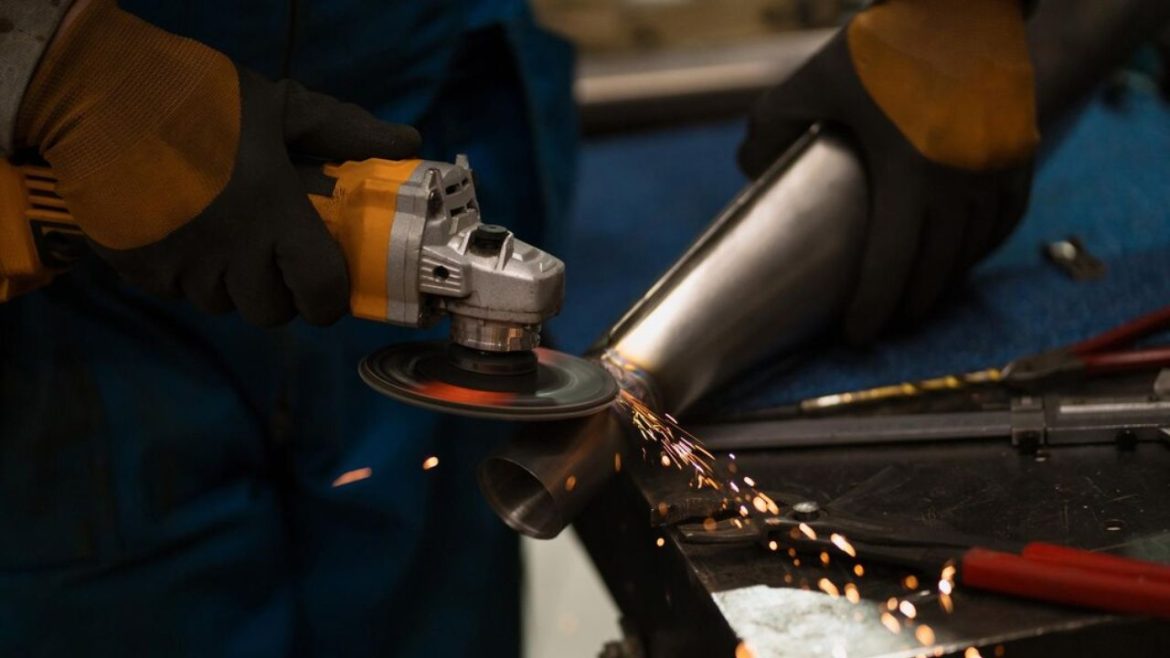Did you know the strength behind structural projects depends upon the optimal selection and understanding of different grades specified by ASTM A500? ASTM A500 Steel Pipe Grades are four in number and distinct from each other in terms of mechanical and chemical properties. This article will provide a thorough examination of these grades to explain their significance in industrial applications.
ASTM A500 Grade A
Grade A offers a dependable and economical alternative for applications with lower strength requirements. It is designed for applications where moderate strength is required. The properties of Grade A are discussed below:
Mechanical Properties
- The tensile strength of Grade A is 310 MPa and 45000 psi
- The yield strength of Grade A is 230 MPa and 33400 psi
- Elongation: 25%
Grade A is appropriate for applications without severe stress or large loads since it has a moderate yield and tensile strength. The qualities of the material are balanced to offer sufficient performance at a reasonable price.
Applications
Light support frames, fences, general fabrication, and other applications where structural integrity is required but not under severe stress are common examples.
ASTM A500 Grade B
Grade B can bear heavy loads and pressures due to its high tensile strength, ensuring a durable performance in structural applications.
Mechanical Properties of Grade
- The tensile strength of Grade B is 400MPa and 58000 psi
- The yield strength of Grade B is 290 MPa and 46000 psi
- Elongation: 23%
Compared to Grade A, it has a higher yield and tensile strength. Because of this, it can be used in a greater variety of structural applications.
Applications
Regularly integrated into structural frameworks, machine chassis, and foundational supports, Grade B is the preferred choice when a synthesis of affordability and structural endurance is imperative.
ASTM A500 Grade C
Designed for demanding structural applications where substantial loads and stresses are expected, Grade C is a high-strength grade. When the highest standards of structural integrity are needed, it is employed.
Mechanical Properties
- The tensile strength of Grade C is 427 MPa and 62000 psi
- The yield strength of Grade C is 317 MPa, 50,000 psi
- Elongation: 21%
In comparison to Grades A and B, it has a far higher yield and tensile strength, as well as an amazing load-bearing capacity. It is appropriate for important structural elements as a result.
Applications
Grade C is used in projects where strength and reliability are crucial such as:
- bridge constructions
- heavy structural applications
- columns
- buildings
ASTM A500 Grade D
Grade D is the ASTM A500 standard’s highest strength grade, intended for applications requiring the highest level of structural integrity. The most important and challenging projects are designated for this grade.
Mechanical Properties
- The tensile strength of Grade D is 58,000 psi
- The yield strength of Grade D is 36,000 psi
- Elongation: 23%
Applications
High-stress situations and projects with strict structural requirements, for example:
- Towers
- Oilfield Services
- Conveying Systems
- Fabrication
- (ROPS) Roll-Over Protective Structures
Chemical Properties of ASTM A500 Steel-Grades
When it comes to chemical properties, they are meant to be the percentage of each element in the composition of steel. ASTM A500 carbon steel should be only made from the components that meet the carbon steel criteria.
The composition of carbon steel consists of:
● Phosphorus
● Carbon
● Sulphur
● Manganese
● Copper
● Iron
There is a specified percentage of each component for each grade, shown in the table below:
|
Element |
Composition % |
|||
|
Grades A, B, C and D |
Grade C |
|||
|
Heat Analysis |
Product |
Heat |
Product |
|
|
Analysis |
Analysis |
Analysis |
||
|
Carbon |
0.26 |
0.3 |
0.23 |
0.27 |
|
Sulfur |
0.035 |
0.045 |
0.035 |
0.045 |
|
Manganese |
… |
… |
1.35 |
1.4 |
|
Phosphorus |
0.035 |
0.045 |
0.035 |
0.045 |
|
Copper, when copper steel is specified, min |
0.2 |
0.18 |
0.2 |
0.18 |
ASTM A500 Grade B vs C
Key Difference: Strength
- ASTM A500 Grade B yield strength = minimum 46,000 psi
- ASTM A500 Grade C yield strength = minimum 50,000 psi
This means Grade C can handle more stress before bending or breaking.
Practical Applications
● Grade B is great for general construction, highway signs, and some bridge components, balancing strength and cost.
● Grade C is better for high-rise buildings, large bridges, and industrial structures where extra strength is needed.
Other Factors
Both grades have slight differences in chemical composition, affecting performance. Grade C costs more than Grade B, while the final decision depends upon the specific project’s requirements.
Conclusion
There are four various grades of ASTM A500 steel pipe (A, B, C, D). Each grade is used for a specific project and requirement. Grade A is economical and low-cost for many common structural projects. Grade B offers more strength and versatility. Grade C handles higher loads for demanding projects. Grade D provides maximum strength for critical structures. Understanding the properties of each grade is crucial for engineers to make reliable decisions about the project’s success.

